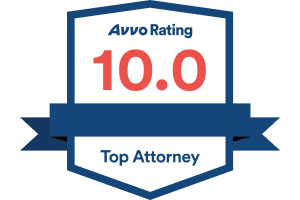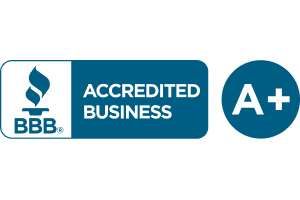Top 7 Defensive Strategies Employers Use in Discrimination & Harassment Claims

Discrimination and harassment claims can disrupt a workplace, drain resources, and damage an employer’s reputation. But the truth is, many of these claims can be managed effectively with the right legal approach. At Employer Advocates Group Law Firm, we help employers navigate these challenges by providing strong strategies for defending discrimination claims and ensuring compliance before issues escalate. Below, we break down the top seven defensive strategies that employers often rely on when facing allegations.
1. Establishing Legitimate Business Reasons
One of the strongest defenses employers use is showing that the actions taken, such as termination, promotion denial, or reassignment, were based on legitimate, non-discriminatory business reasons. Employers often rely on documented performance reviews, attendance records, or policy violations to demonstrate that their decisions were grounded in business needs, not bias.
2. Proving the Absence of Adverse Action
In some cases, employees allege discrimination or harassment even when no adverse employment action actually occurred. Employers can defend themselves by showing that the employee’s job status, pay, or opportunities were never negatively affected. Without proof of harm, the foundation of the claim becomes much weaker.
3. Highlighting Comprehensive Anti-Harassment Policies
Having clear, written anti-harassment and anti-discrimination policies in place is critical. Employers can defend against claims by proving they not only created these policies but also trained staff on them regularly. Showing consistent enforcement of these policies helps build credibility in a workplace harassment defense strategy.
4. Demonstrating Prompt Investigations
Employers who promptly and thoroughly investigate complaints often have a stronger defense. Courts look favorably on companies that act quickly to address concerns, document findings, and implement corrective measures when needed. Even if misconduct occurred, showing proactive efforts can mitigate liability.
5. Using the “Same Actor” Defense
If the same supervisor who made the alleged discriminatory decision also hired or promoted the employee earlier, this can be a powerful argument. The “same actor” defense suggests that the decision-maker’s actions were based on performance or conduct, not discrimination, since they previously made positive employment decisions about the individual.
6. Proving Consistency in Treatment
Employers can defend themselves by showing that the complainant was treated the same as other employees in similar situations. Consistent application of workplace rules, disciplinary measures, and benefits demonstrates fairness and can counter allegations of discriminatory intent.
7. Demonstrating Preventive Measures and Training
Courts and regulators often ask whether employers took reasonable steps to prevent harassment or discrimination. By providing evidence of regular training programs, compliance audits, and proactive measures, employers can show they did everything reasonably possible to maintain a safe and respectful workplace. This not only strengthens a workplace harassment defense but also underscores a company’s commitment to compliance.
Why Employers Turn to Employer Advocates Group Law Firm
Defending against discrimination and harassment claims requires more than just strong documentation; it demands a tailored strategy that considers both the facts of the case and evolving employment laws. At Employer Advocates Group Law Firm, we integrate our legal expertise into your daily operations. Our focus is on protecting your business from risk while ensuring you remain compliant and prepared for potential claims.
FAQs
1. What is the first step an employer should take when facing a claim?
The first step is to consult with an employment law attorney. Quick legal guidance helps preserve evidence and avoid missteps.
2. Can having an employee handbook really protect an employer?
Yes. A well-written handbook with clear anti-discrimination and anti-harassment policies can be a valuable defense tool.
3. How important is documentation in defending a claim?
Extremely important. Consistent and accurate documentation of performance, attendance, and disciplinary actions often makes or breaks a case.
4. What if an employee never reported the harassment before filing a claim?
Employers can argue that they were never given the chance to address the issue. Courts often expect employees to use internal complaint channels first.
5. How can ongoing training help in these situations?
Training helps prevent claims and demonstrates that the employer took reasonable steps to educate staff, which can reduce liability in court.
Partner with Employer Advocates Group Law Firm
Facing a discrimination or harassment claim can feel overwhelming, but you don’t have to navigate it alone. At Employer Advocates Group Law Firm, we specialize in defending discrimination claims and guiding businesses through every stage of workplace harassment defense. Contact us today to learn how our team can protect your company, safeguard your reputation, and keep your operations running smoothly.










